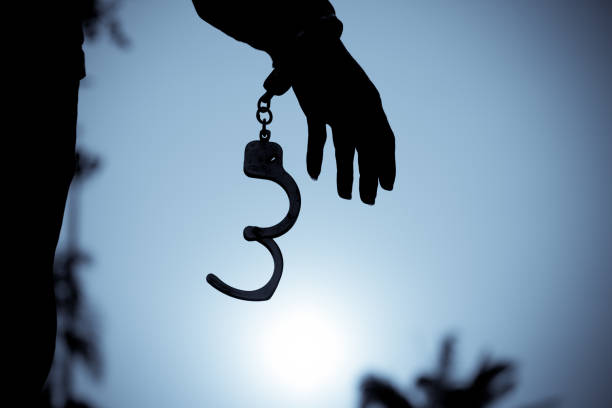You are here: Home / BM / Black Community: The High Price Of Police Misconduct.
Like
Like
Love
Haha
Wow
Sad
Angry
1
(ThyBlackMan.com) Each year during the month of October, the National Faith and Blue Weekend is held in communities throughout the nation. The purpose of this community engagement initiative is to use local faith-based organizations as a means to develop relationships between police department officials, residents, businesses and community groups. The various Faith and Blue events gives members of the community, particularly those who may be skeptical of law enforcement, the opportunity to see police officials in an entirely different and non-threatening light. The bond between the police and the residents they are sworn to serve and protect will also be critical based on the fact that one side will always need the other. If a person holds the position of serving the people, how can you effectively do so if there is little or no understanding of the people? Robert Contee was an assistant Chief of the Metropolitan Police Department of Washington D.C. at the time he stated, “I think we’ve gotten smarter about things, in terms of the way that we deal with the communities that we serve.
We’ve learned that you can’t arrest your way out of problems.” Two years earlier, D.C. police began enrolling every recruit in a 10-hour curriculum at the National Museum of African American History and Culture. “Officers coming here need to understand not just the city, but the people in this city.” Contee says. Individually, there are police officers who are making a difference and it often gets overlooked. Daniel Hahn, who served as Sacramento’s first Black police chief, never wanted to be a cop. Growing up in the Oak Park, a historically Black, working-class neighborhood of Sacramento, his early interactions with the police were largely negative. “Officers weren’t held in high regard in my neighborhood,” Hahn said in an interview.
The racial tensions which are common between the Black community and the police presents a unique challenge for the Black police officer who has to navigate between two worlds: a Black world and then the blue world. Many Black officers want to “be the change agent”, and then realize they fighting against an entrenched police culture with a legacy of racism, protected by police unions and resistant to self-examination and change. There are approximately 18,000 law enforcement agencies nationwide, the most common are small-town police departments with 10 or fewer officers. Every law enforcement agency, large or small, is fixture within their respective community. As a result, any form of racism which is a part of society will spill over into the police’s blue code of silence. Jacinta Gau, an associate professor of criminal justice at the University of Central Florida, said Black police chiefs are often hired because they are seen as “reformers” who can “clean things up and alleviate or eliminate racial tensions.” Black police chiefs are believed to able to bridge two communities historically at odds with one another. In reality, while cultural competency and bias training are being instituted in departments nationwide, the necessary changes will not be institutionalized if the institution itself is committed more to individual who discriminate. The substantial financial loss a local jurisdiction ultimately pays for police misconduct has not been an effective reason to embrace the level of cultural changes needed within police departments. “Behavior is more likely to conform to culture than rules,” stated the 2015 report from President Barack Obama’s task force on21st-century policing.
While police misconduct can devastate the lives of victims, their families and residents of the community, the misconduct can be a major financial price for cities and taxpayers to pay. Police misconduct costs cities millions of dollars each year in legal fees, settlements and judgements. Despite these significant financial costs, there is little accountability for the officers responsible for the misconduct. In many cases, officers who engage in misconduct are not disciplined, and may even continue to serve on the police force. It is rare for settlements to include any form of admission of guilt or wrongdoing. Not long after the National Faith and Blue Weekend, Baltimore’s Board of Estimates panel approved a $48 million settlement to three men who were wrongfully convicted of murder as teenagers and spent 36 years in prison. It becomes another example of why there remains a lack of trust between law enforcement and the communities they serve. Baltimore is not alone. The city of Minneapolis paid $27 million to the family of George Floyd. The family of Breonna Taylor’s family was paid $12 million.
Aside from high profiles cases, most claims of police misconduct are resolved quietly and with smaller sums. Local justifications say payments to resolve misconduct allegations, ranging from excessive force to illegal search and seizures, are more cost-effective than fighting the lawsuits in courts. The amount paid by cities along with the identity of the officers are often hidden from the public even though their taxes are covering the cost. The professional men and women in blue who serve and represent their department with dignity are often forgotten when all of the attention goes to the “bad apples”.
Written by David W. Marshall
Official website; https://davidwmarshallauthor.com/



